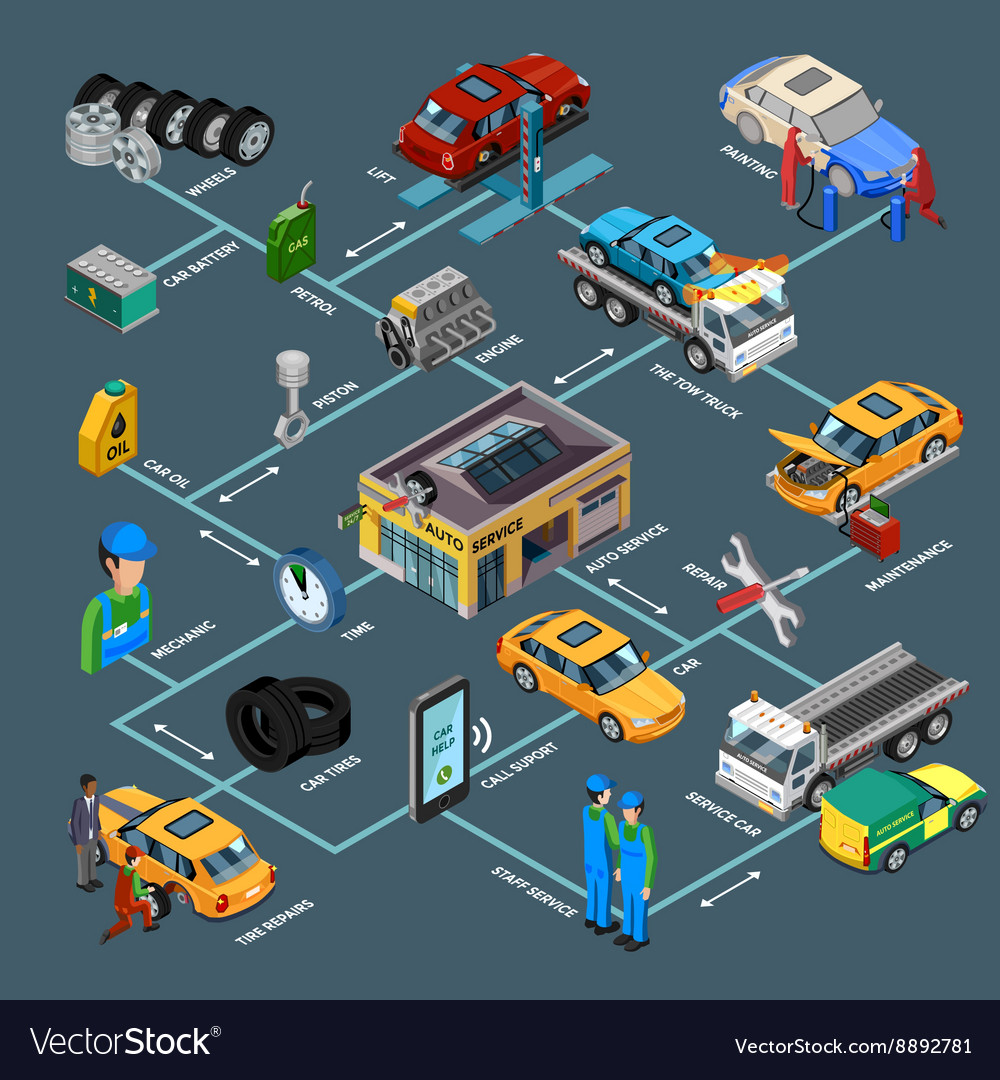Decoding Your Car'S Caution Indicators: What They Really Represent
Decoding Your Car'S Caution Indicators: What They Really Represent
Blog Article
Published By-Boye Torres
When you're behind the wheel, those radiant caution lights on your control panel can be a little bit difficult. Do you understand what they're attempting to tell you about your cars and truck's wellness? Recognizing the significance of these lights is essential for your security and the long life of your lorry. So, the following time one of those lights pops up, would not you want to understand its message properly and take the required steps to address it?
Common Caution Lights and Interpretations
Identify usual caution lights in your car and comprehend their significances to make certain secure driving.
One of the most normal warning lights consist of the check engine light, which signifies concerns with the engine or emissions system. If this light comes on, it's critical to have your automobile examined without delay.
The oil stress cautioning light suggests low oil pressure, calling for instant attention to stop engine damage.
A blinking battery light could suggest a damaged billing system, possibly leaving you stranded otherwise addressed.
The tire stress surveillance system (TPMS) light signals you to reduced tire pressure, influencing car security and gas effectiveness. Disregarding source web page might bring about dangerous driving problems.
The abdominal light suggests a trouble with the anti-lock braking system, compromising your capability to stop quickly in emergencies.
Lastly, the coolant temperature advising light warns of engine overheating, which can result in extreme damage otherwise dealt with promptly.
Understanding these usual caution lights will certainly aid you address issues promptly and preserve risk-free driving conditions.
Significance of Prompt Interest
Recognizing the typical warning lights in your automobile is just the initial step; the significance of promptly resolving these warnings can't be emphasized sufficient to guarantee your security when driving.
When a warning light illuminates on your dashboard, it's your vehicle's way of communicating a possible issue that needs interest. Ignoring these cautions can bring about extra serious issues down the road, endangering your safety and potentially costing you much more out of commission.
Prompt focus to cautioning lights can stop failures and accidents. As an example, a flashing check engine light could indicate a misfire that, if left ignored, can cause damage to the catalytic converter. Addressing https://freeecutuningsoftware28406.onzeblog.com/30273316/uncovering-regional-gems-a-guide-to-exceptional-auto-fixing-shops-in-your-environments can conserve you from a pricey repair service.
Similarly, a brake system advising light may signify low brake fluid or worn brake pads, essential components for your safety and security when driving.
Do It Yourself Troubleshooting Tips
If you notice a caution light on your control panel, there are a couple of do it yourself repairing ideas you can attempt before seeking specialist help.
motorcycle detailing auckland is to consult your vehicle's guidebook to recognize what the particular warning light shows. Sometimes the problem can be as basic as a loose gas cap setting off the check engine light. Tightening the gas cap may solve the issue.
An additional common concern is a reduced battery, which can activate different advising lights. Checking the battery connections for rust and ensuring they're protected might deal with the trouble.
If a warning light lingers, you can try resetting it by detaching the auto's battery for a couple of mins and after that reconnecting it. In https://chassispartscar06283.blogsidea.com/36521498/typical-myths-bordering-car-repair-cleared-up , examining your vehicle's fluid levels, such as oil, coolant, and brake fluid, can help troubleshoot warning lights connected to these systems.
Conclusion
Finally, understanding your automobile's warning lights is essential for maintaining your automobile running smoothly and safely. By promptly addressing these informs and knowing what they imply, you can avoid expensive fixings and potential breakdowns.
Remember to consult your cars and truck's manual for certain details on each cautioning light and do something about it as necessary to make certain a hassle-free driving experience.
Stay informed, remain risk-free when traveling!
